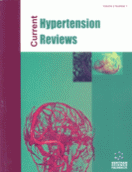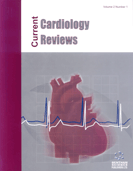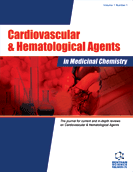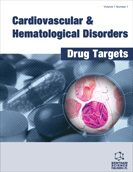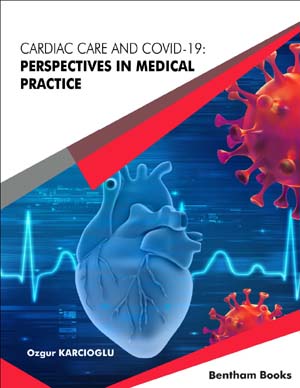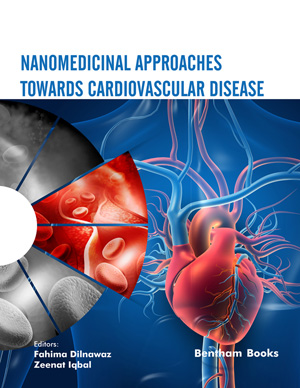Abstract
Normal or diseased conditions that alter the brain’s requirement for oxygen and nutrients via alterations to neurovascular coupling have an impact on the level of the neurovascular unit; comprising neuronal, glial and vascular components. The communications between the components of the neurovascular unit are precise and accurate for its functions; hence a minute disturbance can result in neurovascular dysfunction. Heavy metals such as cadmium, mercury, and lead have been identified to increase the vulnerability of the neurovascular unit to damage. This review examines the role of heavy metals in neurovascular dysfunctions and the possible mechanisms by which these metals act. Risk factors ranging from lifestyle, environment, genetics, infections, and physiologic ageing involved in neurological dysfunctions were highlighted, while stroke was discussed as the prevalent consequence of neurovascular dysfunctions. Furthermore, the role of these heavy metals in the pathogenesis of stroke consequently pinpoints the importance of understanding the mechanisms of neurovascular damage in a bid to curb the occurrence of neurovascular dysfunctions.
Keywords: Neurovascular unit, blood-brain barrier, dysfunction, heavy metals, environment, stroke.
Graphical Abstract
Current Hypertension Reviews
Title:Vascular Dysfunction in the Brain; Implications for Heavy Metal Exposures
Volume: 17 Issue: 1
Author(s): Nzube F. Olung, Oritoke M. Aluko, Sikirullai O. Jeje, Ayotunde S. Adeagbo and Omamuyovwi M. Ijomone*
Affiliation:
- The Neuro-Lab, School of Health and Health Technology, Federal University of Technology, Akure,Nigeria
Keywords: Neurovascular unit, blood-brain barrier, dysfunction, heavy metals, environment, stroke.
Abstract: Normal or diseased conditions that alter the brain’s requirement for oxygen and nutrients via alterations to neurovascular coupling have an impact on the level of the neurovascular unit; comprising neuronal, glial and vascular components. The communications between the components of the neurovascular unit are precise and accurate for its functions; hence a minute disturbance can result in neurovascular dysfunction. Heavy metals such as cadmium, mercury, and lead have been identified to increase the vulnerability of the neurovascular unit to damage. This review examines the role of heavy metals in neurovascular dysfunctions and the possible mechanisms by which these metals act. Risk factors ranging from lifestyle, environment, genetics, infections, and physiologic ageing involved in neurological dysfunctions were highlighted, while stroke was discussed as the prevalent consequence of neurovascular dysfunctions. Furthermore, the role of these heavy metals in the pathogenesis of stroke consequently pinpoints the importance of understanding the mechanisms of neurovascular damage in a bid to curb the occurrence of neurovascular dysfunctions.
Export Options
About this article
Cite this article as:
Olung F. Nzube , Aluko M. Oritoke , Jeje O. Sikirullai , Adeagbo S. Ayotunde and Ijomone M. Omamuyovwi *, Vascular Dysfunction in the Brain; Implications for Heavy Metal Exposures, Current Hypertension Reviews 2021; 17 (1) . https://dx.doi.org/10.2174/1573402117666210225085528
| DOI https://dx.doi.org/10.2174/1573402117666210225085528 |
Print ISSN 1573-4021 |
| Publisher Name Bentham Science Publisher |
Online ISSN 1875-6506 |
 29
29
- Author Guidelines
- Bentham Author Support Services (BASS)
- Graphical Abstracts
- Fabricating and Stating False Information
- Research Misconduct
- Post Publication Discussions and Corrections
- Publishing Ethics and Rectitude
- Increase Visibility of Your Article
- Archiving Policies
- Peer Review Workflow
- Order Your Article Before Print
- Promote Your Article
- Manuscript Transfer Facility
- Editorial Policies
- Allegations from Whistleblowers
Related Articles
-
Development of Pyrazole Compounds as Antidiabetic Agent: A Review
Letters in Drug Design & Discovery Targeting Leukostasis for the Treatment of Early Diabetic Retinopathy
Cardiovascular & Hematological Disorders-Drug Targets P-Selectin Antagonism in Inflammatory Disease
Current Pharmaceutical Design Antiviral and Virucidal Activities of Natural Products
Current Medicinal Chemistry A Timely Review of State-of-the-Art Chronopharmaceuticals Synchronized with Biological Rhythms
Current Drug Delivery Emerging Indications for Statins: A Pluripotent Family of Agents with Several Potential Applications
Current Pharmaceutical Design Current Status of Computer-Aided Drug Design for Type 2 Diabetes
Current Computer-Aided Drug Design A Review of PCSK9 Inhibitors and their Effects on Cardiovascular Diseases
Current Topics in Medicinal Chemistry Adjuvant Therapies of COVID-19 - A Literature Review
Coronaviruses Calcium-calpain Dependent Pathways Regulate Vesiculation in Malignant Breast Cells
Current Cancer Drug Targets Effect of GLP-1 Based Therapies on Diabetic Dyslipidemia
Current Diabetes Reviews Nasal Air-Conditioning During Breathing Therapy
Current Respiratory Medicine Reviews Antioxidant Effects of Chalcones during the Inflammatory Response: An Overall Review
Current Medicinal Chemistry How to Advise Aspirin Use in Patients Who Need NSAIDs
Current Pharmaceutical Design Therapeutic Potential of N-Acetylcysteine for Wound Healing, Acute Bronchiolitis, and Congenital Heart Defects
Current Drug Metabolism Pleiotropic Effects of Statin in Therapy in Heart Failure: A Review
Current Vascular Pharmacology Nanocrystals: From Raw Material to the Final Formulated Oral Dosage Form - A Review
Current Pharmaceutical Design COVID-19 Infection in Pregnancy: A Review
Infectious Disorders - Drug Targets Resistance to Anti-VEGF Agents
Current Pharmaceutical Design Nitric Oxide and Dietary Factors: Part II Cholesterol, Fat, Amino Acids,Proteins and Carbohydrate
Vascular Disease Prevention (Discontinued)


